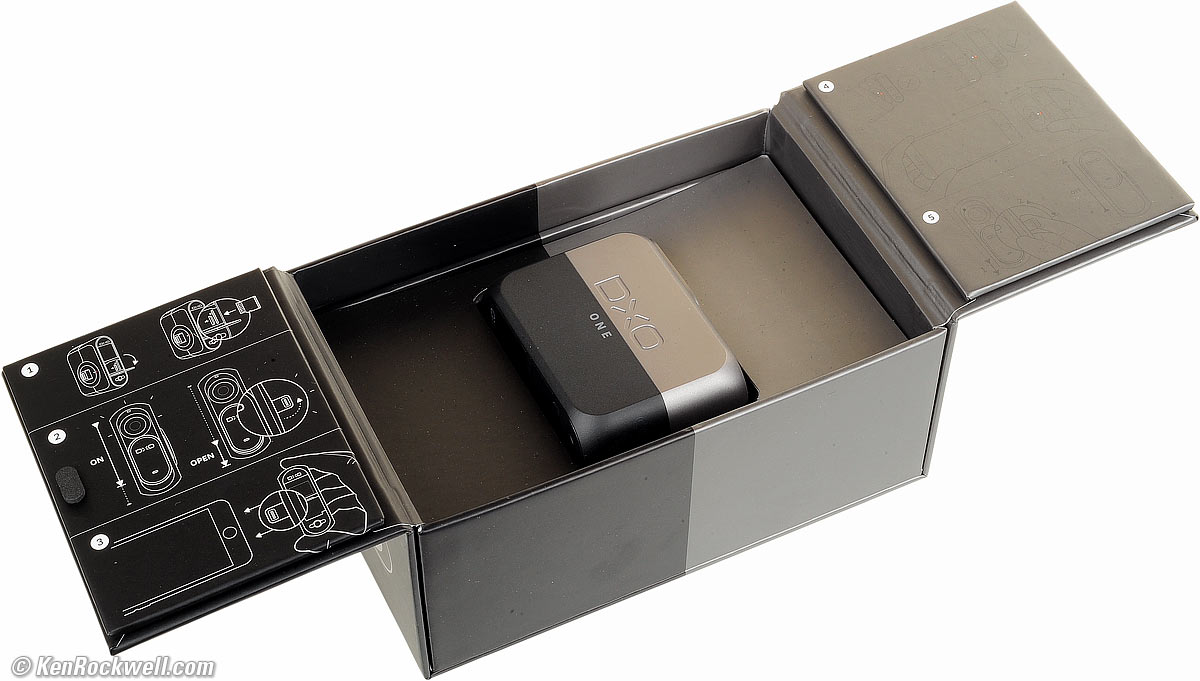

This includes dark signal subtraction, defective pixels removal, demosaicing and denoising as well as the correction of optical flaws such as vignetting and distortion. Raw conversion refers to the image processing algorithms involved in converting raw image sensor data into a defect-free RGB image. “We don’t know if DeepPRIME actually resembles the human brain,” says Wolf Hauser, “but its results look extremely convincing to the human ey e.”Ģ.

The insights the neural network has gained are significantly more effective than any model designed by humans. DxO harnessed its expertise in raw conversion, its unique dataset, and a substantial amount of computing power to train a deep neural network to jointly apply demosaicing and denoising. This approach is significantly different from the algorithms based on mathematical models that are commonly used in other raw converters. In DxO PhotoLab 4, these two challenges have been solved utilizing deep learning, a method adopted from the field of artificial intelligence. We developed a method that allowed us to extract billions of noisy samples from this dataset and use them to train our neural network.”ĭemosaicing and denoising are two key steps involved in converting raw image sensor data into beautiful photographs. While these images were originally intended for calibration, it turned out they were exactly what we needed to create DeepPRIME. “Since the company’s founding, DxO has been amassing a dataset of raw images that contains countless shots from all cameras at all ISO levels.

“The most challenging task in deep learning is gathering training data,” explains Wolf Hauser, DxO’s Image Science Director. By leveraging deep learning, DeepPRIME improves image quality by up to two ISO stops compared to PRIME. Today, DxO unveils the successor to its award-winning PRIME denoising technology. DxO has been committed to making the world’s highest-quality raw converter for more than 18 years.


 0 kommentar(er)
0 kommentar(er)
